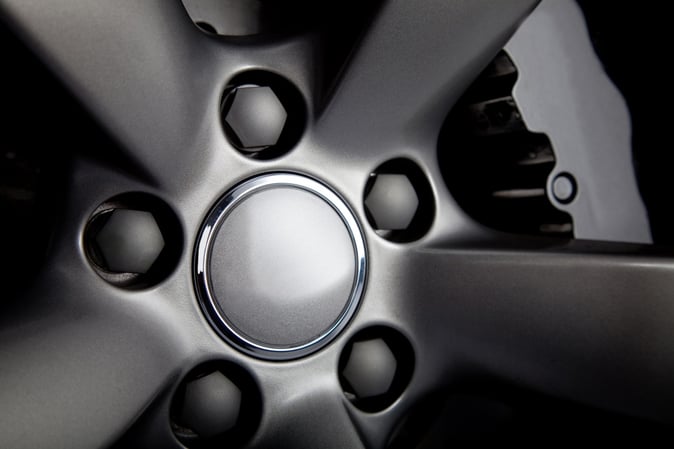Nationwide Coverage
Nationwide Coverage

 Cash is king - we’ve all heard it said and when it comes to your dealership, and more specifically your parts department, it couldn’t be truer.
Cash is king - we’ve all heard it said and when it comes to your dealership, and more specifically your parts department, it couldn’t be truer.
Cash flow is a key indicator of your financial health. Anyone that has owned a business can attest - it helps you manage debt, ensures that there are funds available for business growth and strategy development, and gives your dealership more flexibility.
While it is safe to say that most people in the business world understand the benefits of cash flow, many of us are unaware of the importance that a well-performing inventory plays in the management of cash flow.
Poorly managed cash flow is one of the biggest issues that businesses experience and the last thing you want to do is tie up valuable capital in inventory and slow-to-move parts.
Measuring Performance
Before solving your cash flow issues, with regards to inventory, you want to understand how your inventory is performing. To do so, there are couple inventory performance indicators you will want to consider.
Inventory Turnover – This is the number of times per year that your inventory sells. There are a number of ways to calculate inventory turnover, however, a cost of goods sold to average inventory value at cost ratio is an accurate and popular measure.
The higher your ratio, the better your automotive parts inventory is performing. In 2016, the average turnover for automotive parts & accessories was 4.8 times per year. Be careful however, an inventory that turns too many times can indicate not having enough stock on the shelf and could cost you lost gross profit if you need to purchase locally.
Order Turnaround Time – When looking at inventory, the amount of time that is takes to pick and receive the necessary parts for a customer or repair order is your turnaround time.
A low turnaround time is key but it is important to balance swiftness with quality when it comes to improving turnaround time. The more mistakes you make; the more time you will be adding to each customer’s order.
Improving Performance
You have probably heard of the 80/20 rule. When looking at it in terms of your parts department, this rule states that 20% of your inventory produces 80% of your revenue.
As such, it is critical that you manage groupings of parts in different ways.
The first thing you want to do is identify parts that are quick moving. Often times these are less expensive, maintenance parts such as filters and brake pads and spark plugs. Individually, they may not be worth much, but when added together, you will quickly see that they bring in a substantial amount of revenue.
You will want to stock more of these items. This will allow you to optimize turnover, while ensuring your capital is tied up in parts that you know will sell quickly. Depending on your situation, you may choose to order more of these items less frequently, or vice versa. Keep in mind, however, that lower inventory holding values can be beneficial and ordering more frequently will minimize obsolescence by ensuring you don’t get stuck with parts that used to move quickly but no longer do.
The best way to determine how much of each should be kept in stock is to use historical data and trends. This will help you identify how much of these specific parts you use each month, quarter or year, allowing you optimize stock and economies of scale throughout the year. Many manufacturers already have programs in place to do this for you.
After this, you will organize the remainder of your parts by importance. Consider cost, turnover and lead times (how long it takes to get the inventory including ordering, shipping and receiving). You will want to keep these parts at more manageable levels and special order others on a case by case basis if the part is used with little frequency and ties up large amounts of capital.
Once you understand which parts are most important, you will be able to better balance consumption with costs, ensuring your inventory stock levels and cash flow are optimized.
Other ways to improve cash flow are to return your cores on a daily basis, keep up with manufacturer returns, take advantage of outside vendor programs, and most importantly, stay on top of your over aged parts.
Special order parts if not watched closely will ruin a clean inventory very quickly. The best idea I have seen is to set appointments the same day the part is ordered for the customer. Go get their car if necessary, just get those SOP’s installed!
If you would like help optimizing your inventory for improved cash flow, contact us today. Years of experience have given us the tools we need to help you better manage your inventory.
Pro Count West, L.L.C.
Phoenix, Arizona
Chicago, Illinois
New York, New York